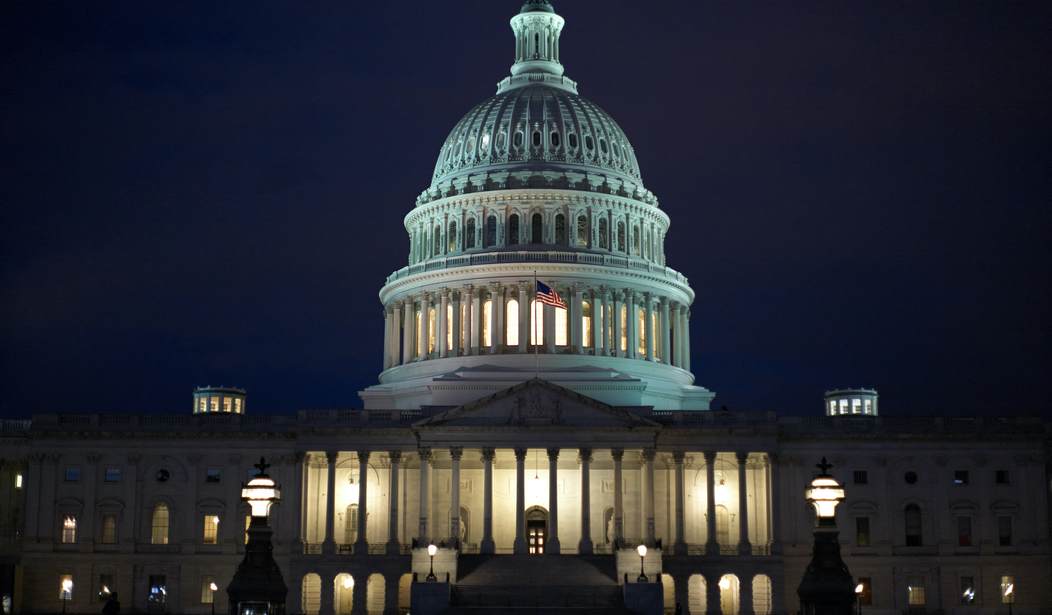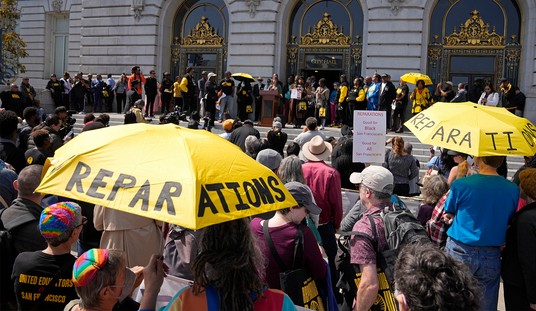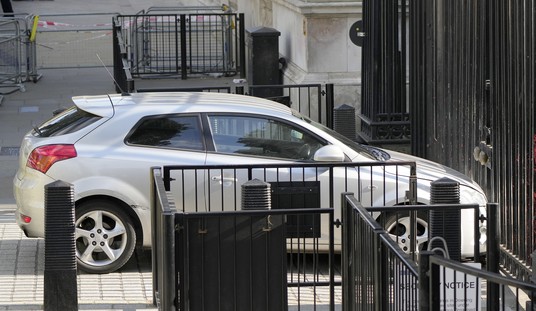People are uneasy about the debt ceiling fight. Many think it's unhealthy and a sign of poor fiscal management, and they are right. However, they should get used to it. These budget fights will keep getting more frequent and more intense. That's because no one wants to talk about budget restraints. The truth is that existing spending commitments are rapidly shrinking the share of the budget that politicians have control over as their appetite for spending expands.
Those who believe that government is the answer to all problems are always full of ideas about new programs to be funded. They want to prepare for the next pandemic or emergency by funding new government capabilities. They want government to engineer an energy revolution while simultaneously paying off all outstanding student loans as well as all future enrollments. They also want the government to relieve parents of the financial burden of raising children, while expanding the military and funding every project on the books.
Legislators will likely succeed in passing some bills and take at least tiny steps toward funding some of these grand policy projects. But I wouldn't count on the completion of any of them -- and that's not just because the government usually fails to deliver on its loftier goals. Rather, it's because these ambitious objectives will mostly have to be funded from the discretionary part of the federal budget, which is melting away.
Indeed, the discretionary budget is what pays for homeland security, most of the military, farm subsidies, education and much more. It's the only part of the budget legislators directly and regularly control. Today, discretionary spending accounts for 30% of total spending. In 1970, it was 62%. Defense spending is about half of it and 14% of the total budget.
By contrast, the amount spent on non-discretionary programs such as Social Security, Medicare and Medicaid has doubled as a portion of total spending, from 31% of the budget in 1970 to around 62% in 2023.
Recommended
Meanwhile, interest payments on the national debt are another fast-growing mandatory-spending component of the federal budget. Altogether, mandatory spending on entitlements and interest payments accounts for over 70% of the budget and is projected to consume more than 80% by 2040. Legislators barely have a say over such payments, even though these increasingly dominate the budget.
What's more, many mandatory spending programs are growing even faster than the economy and will therefore rely heavily on borrowing. Above and beyond the debt problems we might face, this reality has serious implications for all those politicians who believe they can fund their new projects or expand existing ones with the discretionary side of the budget. The budgetary turnip is rapidly running out of blood.
So, expect more intense budgetary battles. While discretionary spending is still growing in nominal terms, albeit at a slowed rate, legislators will increasingly fight over how to spend this constantly diminishing budget while overall spending is simultaneously exploding. There won't be much room politically to grow discretionary spending out of borrowed money. And with fewer dollars to go around, competition for each one of them will become increasingly fierce.
In that battle, it won't matter that, for example, defense is a legit function of the federal government while education should be funded at the state, local and private levels -- or even that some new program is truly worthwhile. It will matter more which party is in power and which politicians are positioned to allocate funds where they want them to go.
Of course, with our debt and deficit growing, legislators will try to collect more taxes. If they succeed, the revenue will be a drop in the bucket full of mandatory red ink. However, I predict that their effort will fail.
A look at the data shows that no matter the federal tax rates under the current regime, since the 1940s, collections have never been more than 20% of GDP. That's in part because politicians are pressured to redistribute lots of resources back to taxpayers through the tax code with provisions like the child tax credit and other deductions. Adding to the difficulty is the fact that higher marginal tax rates slow the economy and, eventually, limit the scope of tax collections as Americans make less money.
If you're tired of debt ceiling fights, I'm sorry to report that they're just the beginning of a long series of fights over fiscal management.

























Join the conversation as a VIP Member